There are three main kinds of freeze dryers: rotary, manifold and tray freeze dryers. Rotary freeze dryers are generally used when working with liquids. Small amounts of material are frozen by manifold dryers, and tray freeze dryers produce the driest product ready for long-term storage. Read More…
Dürr is a leading global supplier of environmental solutions and engineered products tailored to meet customers' industrial process requirements. We offer a complete portfolio of air pollution control technologies and drying and curing systems, including industrial dryers and ovens for roll-to-roll processes, web forming processes and conveyor handling of webs, as well as specialized coating...
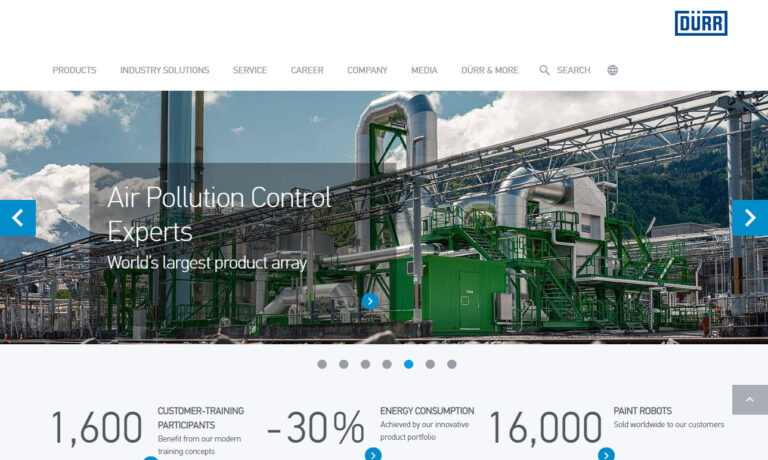
The Onix Corporation is a leader in the dryer industry, specializing in rotary dryer & wood combustion systems, dryer control systems, & air pollution control systems. Other areas of expertise are wood fired boilers & industrial consulting on existing rotary dryers. All our equipment is industrial duty 24/7 equipment & carries a hostile environment rating, UL listing & a 3-year warranty.
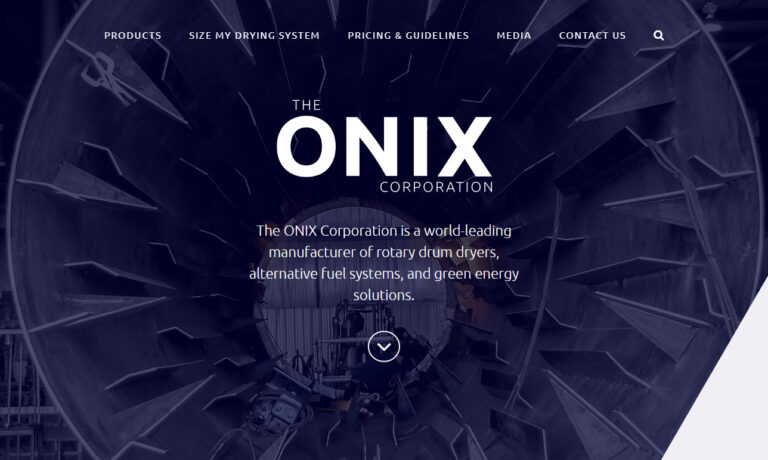
Dri-Air Industries' expertise is in plastic drying technology. The plastic drying systems we offer problem solve for drying plastic resins, mixing and blending. Our product line includes industrial dryers, desiccant air dryers and hot air dryers. Newly offered is our micro dryer for micro molding machines.
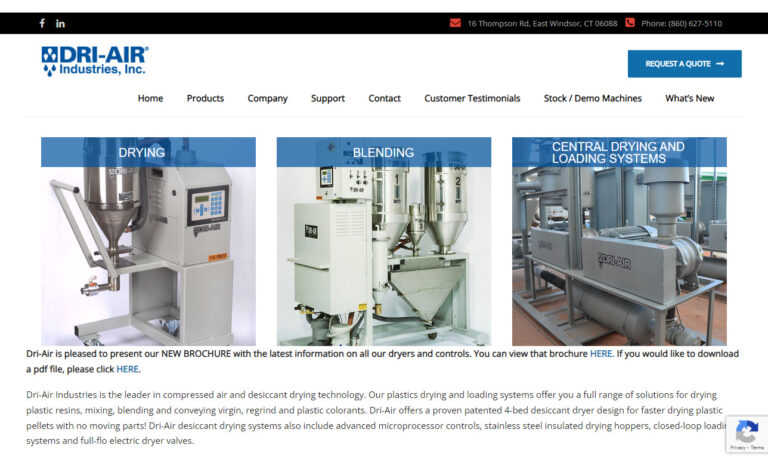
BTU International is a global supplier/manufacturer of thermal processing solutions. Combining our engineering expertise with our acquisition of Radiant Technology Corporation’s product line, we have created the Rapid Thermal Processing (RTP) line of furnaces, specifically designed for solar cell applications such as contact drying/firing and metalization.
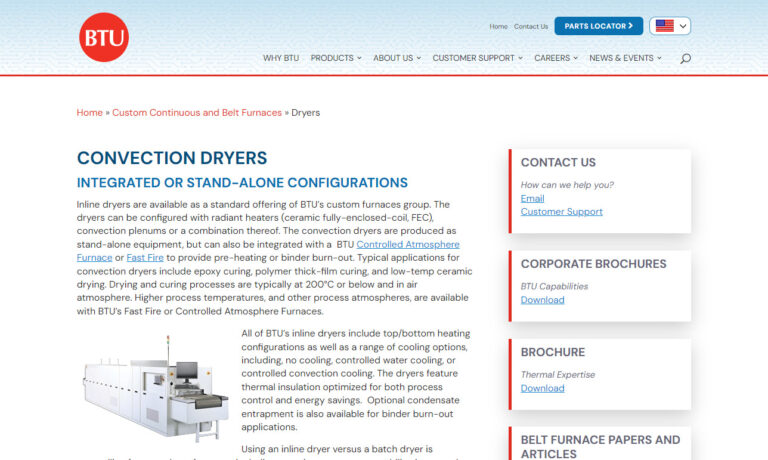
More Freeze Dryer Manufacturers
Freeze dryers are used by the pharmaceutical industry for increasing the shelf life of vaccines, for preserving certain strains of bacteria and for ease of storing and shipping certain products.
Freeze drying removes water and bulk while maintaining flavors and nutritional content and is subsequently used with food and beverages like instant coffee, fruit and herbs. Freeze drying is also useful in chemistry and biotechnology because it can make products easier to dissolve in water and remove impurities. Some museums or conservation agencies use freeze dryers to dry and preserve artifacts, manuscripts and animal or floral specimens.
The three kinds of freeze dryers - rotary, manifold and tray - vary in size and material. The industrial machines are typically tray freeze dryers and can be hundreds of feet long, either vertically or horizontally oriented. Stainless steel is most commonly used because it is sanitary and can be temperature controlled very effectively.
Products are held on trays on shelves in large boxes or carried on a conveyor belt if the dryer is continous. Freeze drying is a three step process. During the initial freezing, the material inside the dryer is cooled below its triple point, which is the lowest temperature at which the solid and liquid phases of the material can exist at the same time.
The temperature is usually between -50° and -80°C, and this is the most important step of the process. After the material is frozen it enters the primary drying phase. The pressure is lowered and enough heat is provided that sublimation occurs. Adding a vacuum to the dryer helps control and maintain pressure, and a cold condenser plate or chamber gives the water vapor a surface to freeze onto after it leaves the material.
The last step removes any unfrozen water molecules. In the secondary drying phase the pressure is lowered again and the temperature is raised, sometimes above the freezing point of 0°C. Any residual water evaporates from the substance, and the final water content is less than 5%.

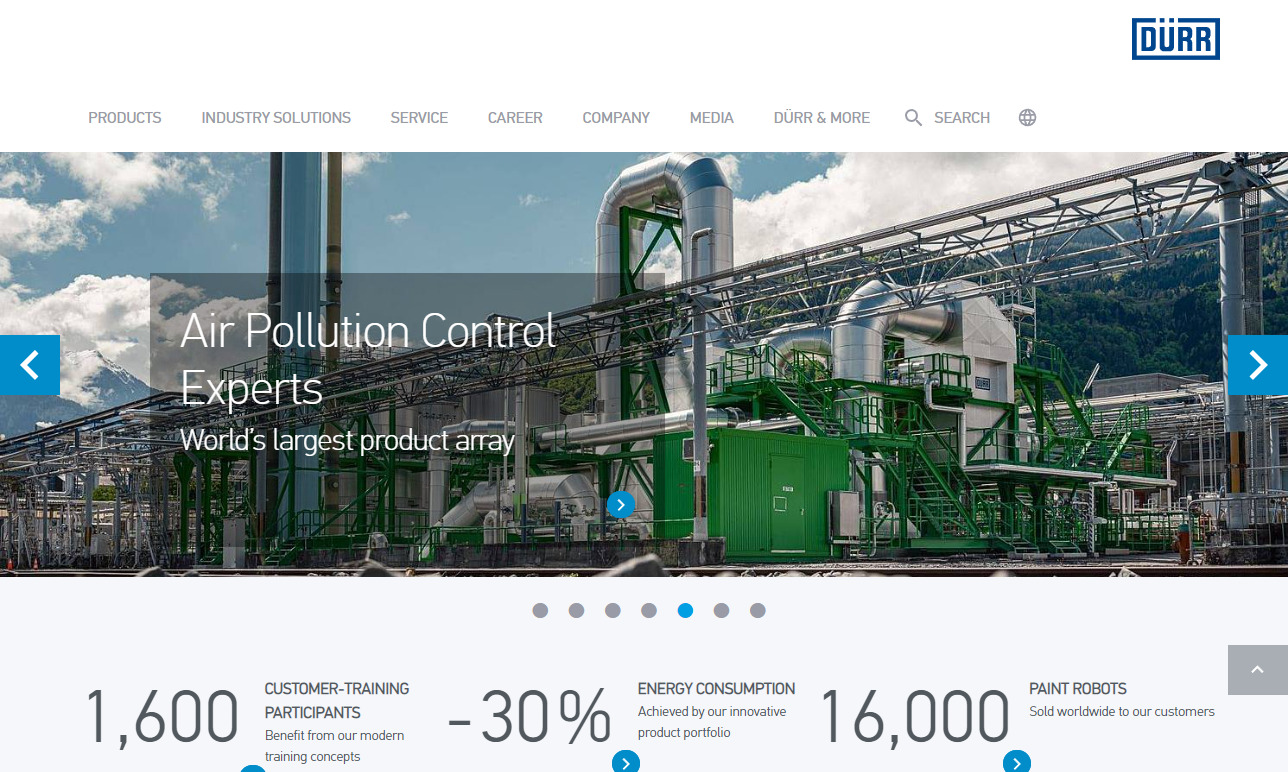
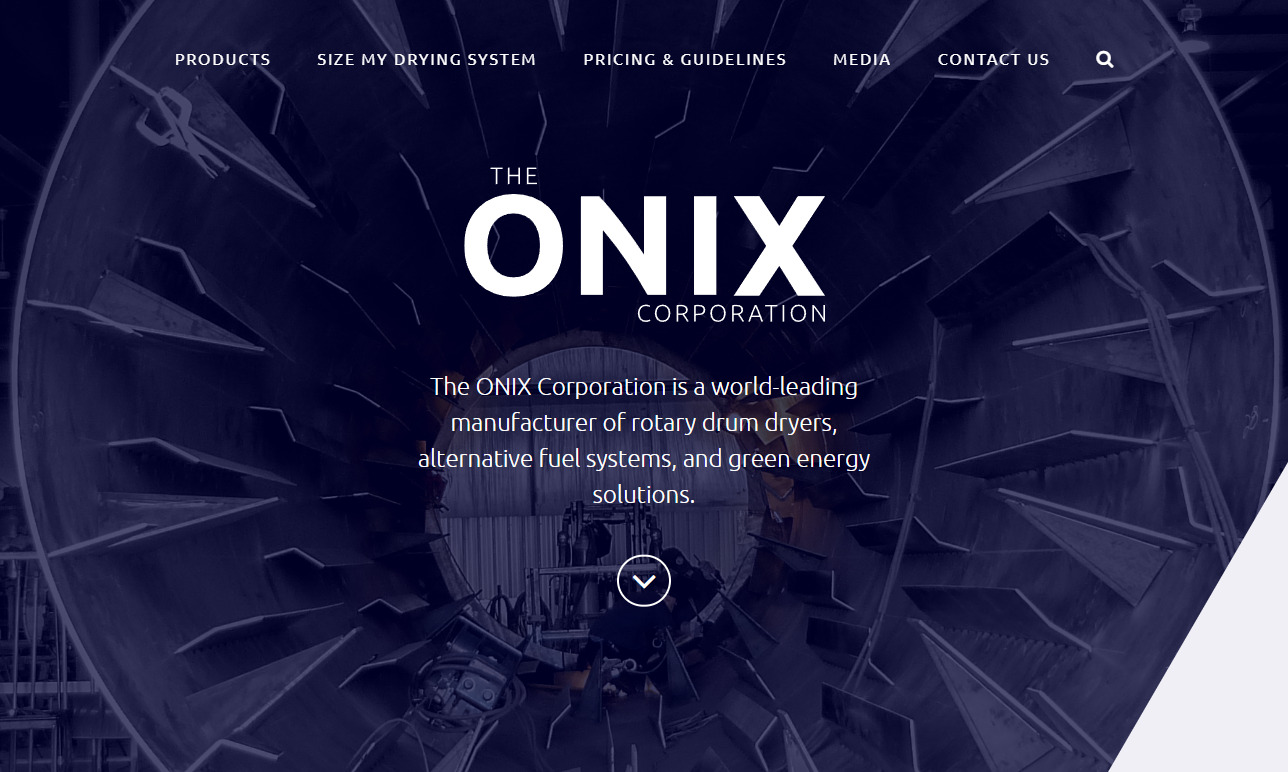
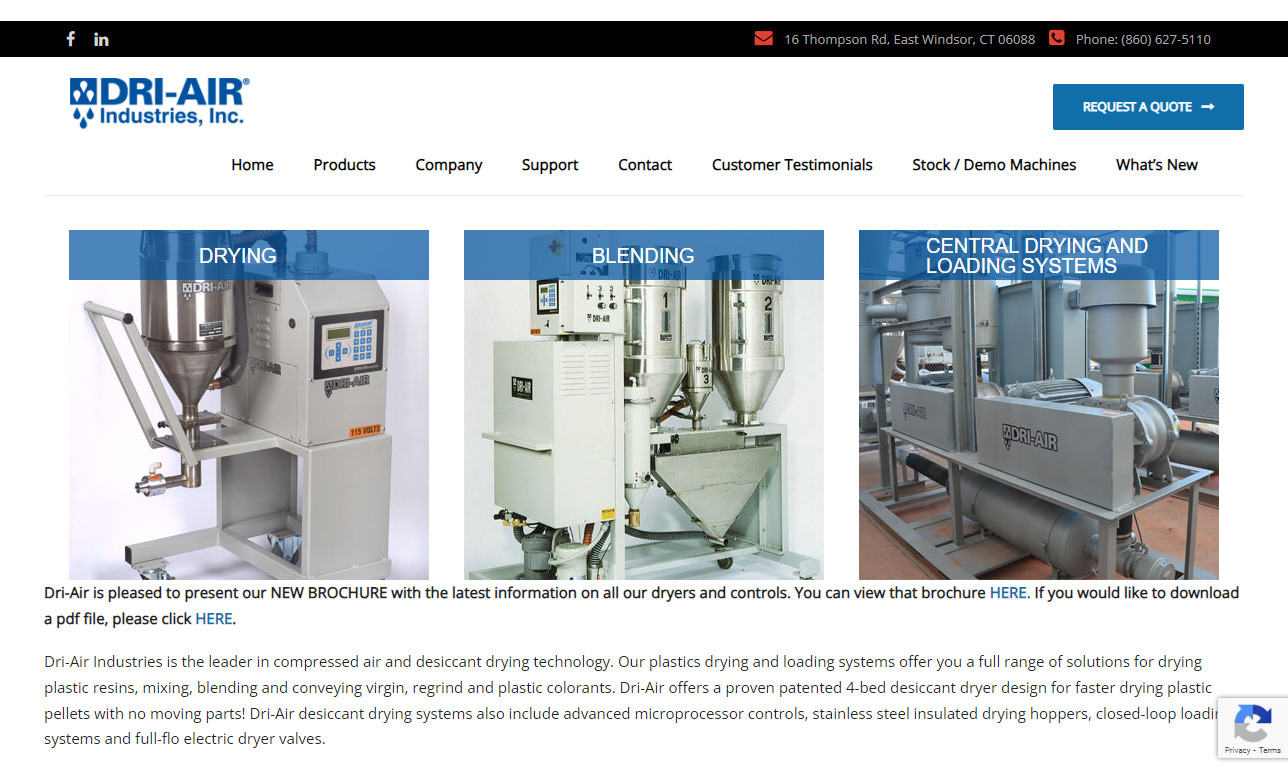
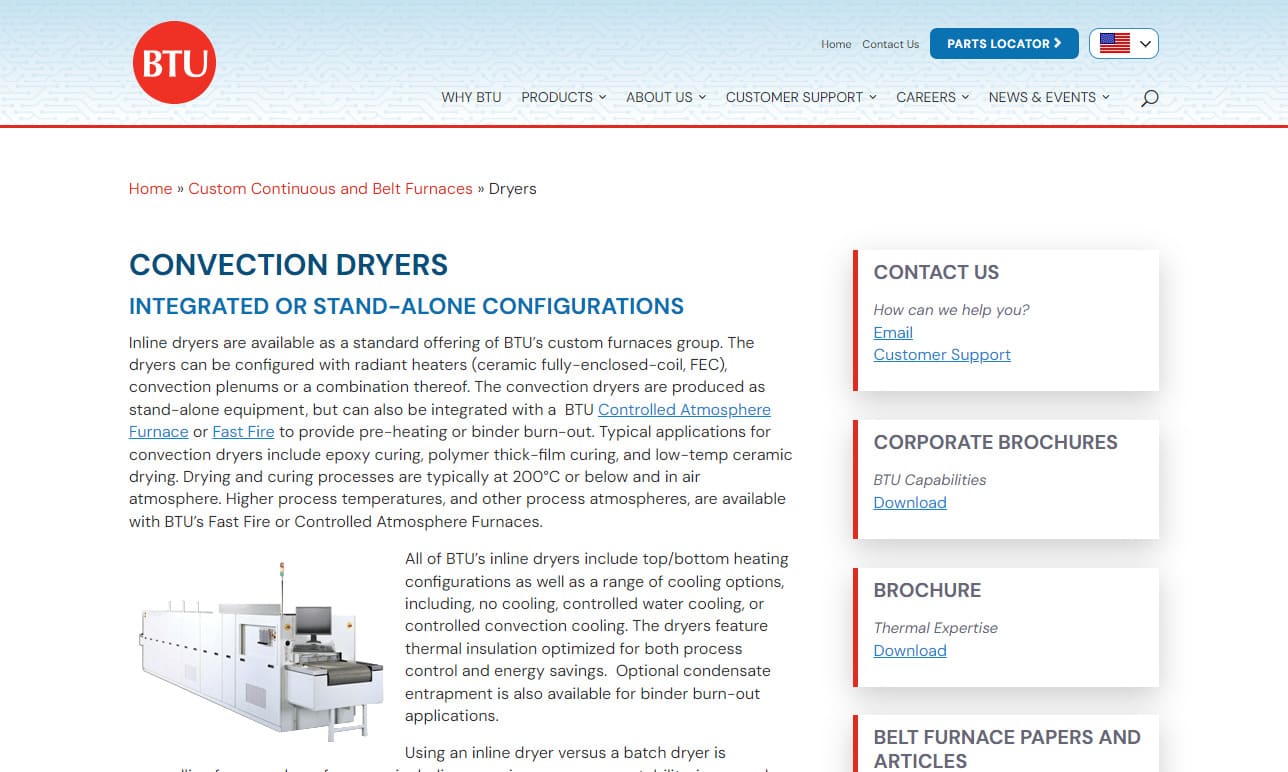
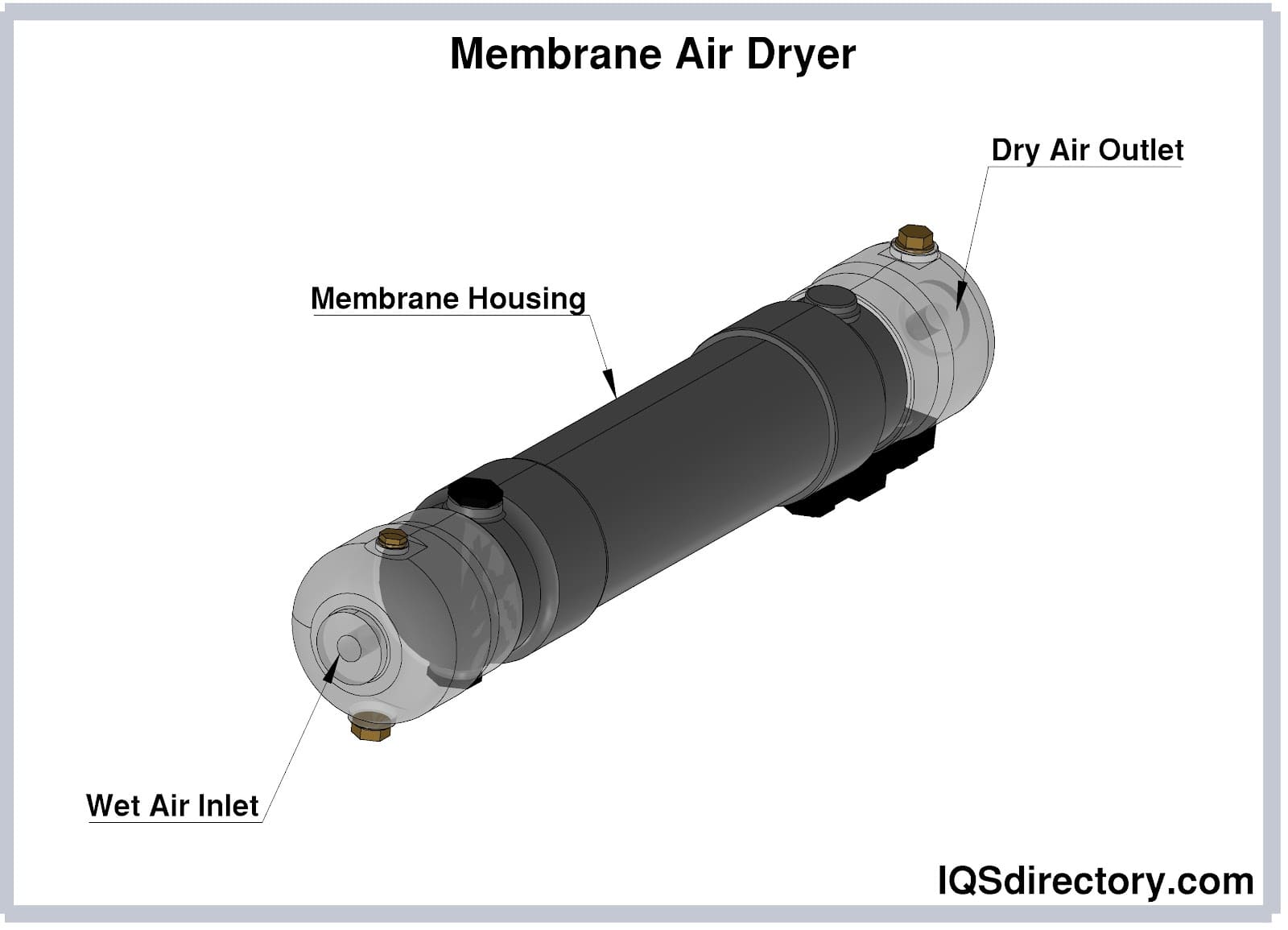
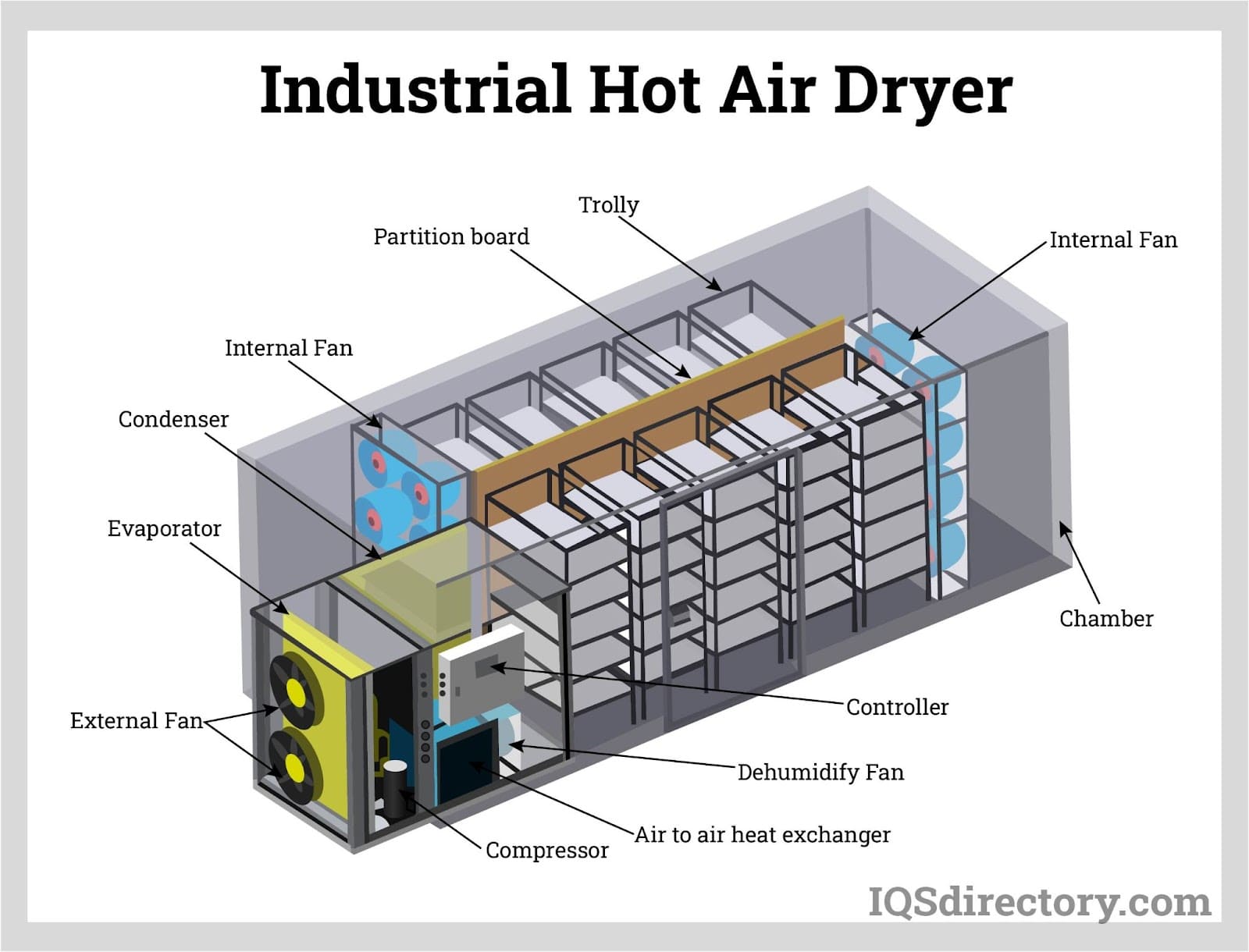
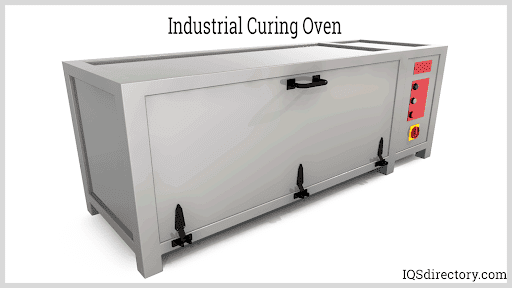
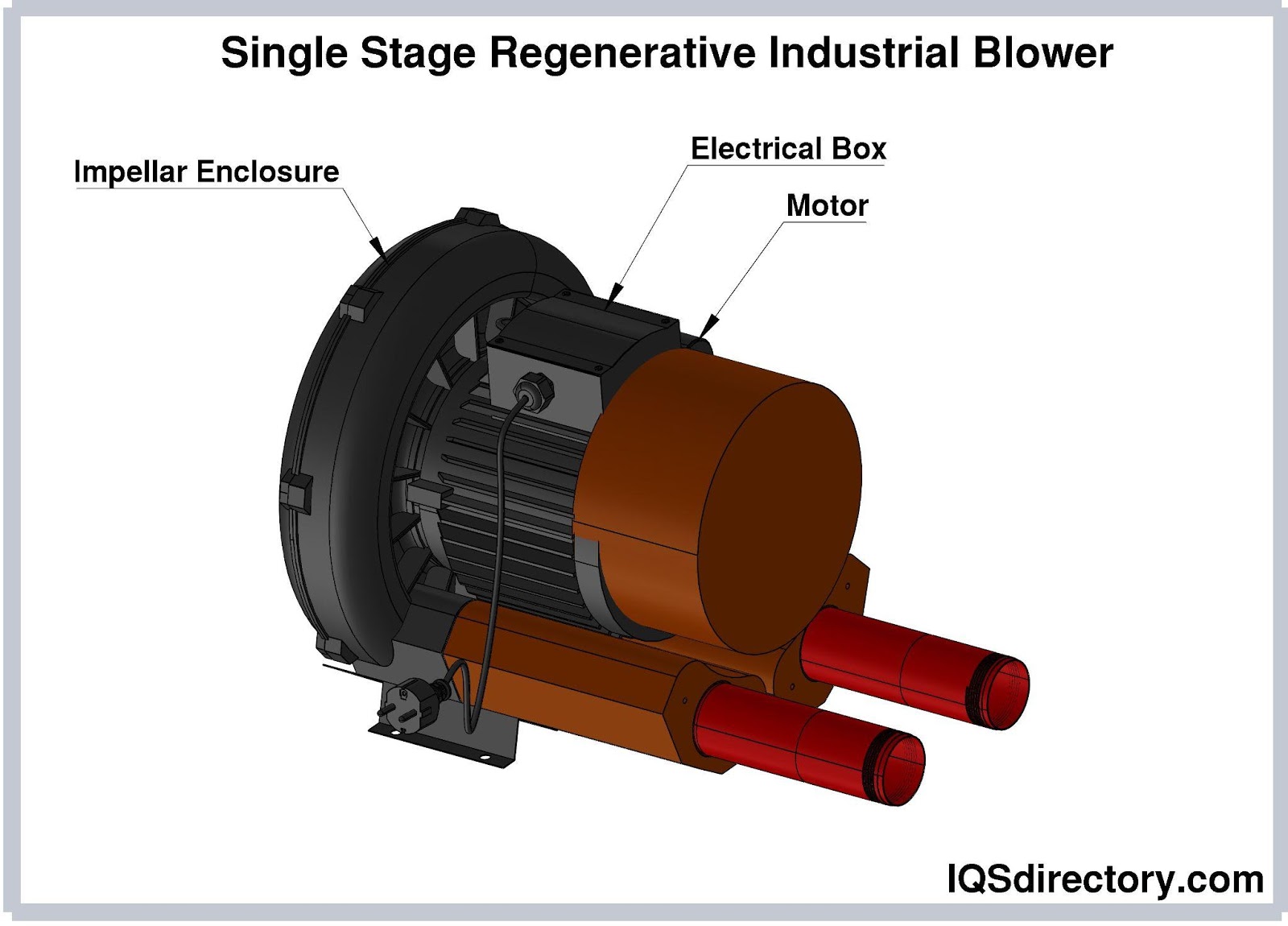
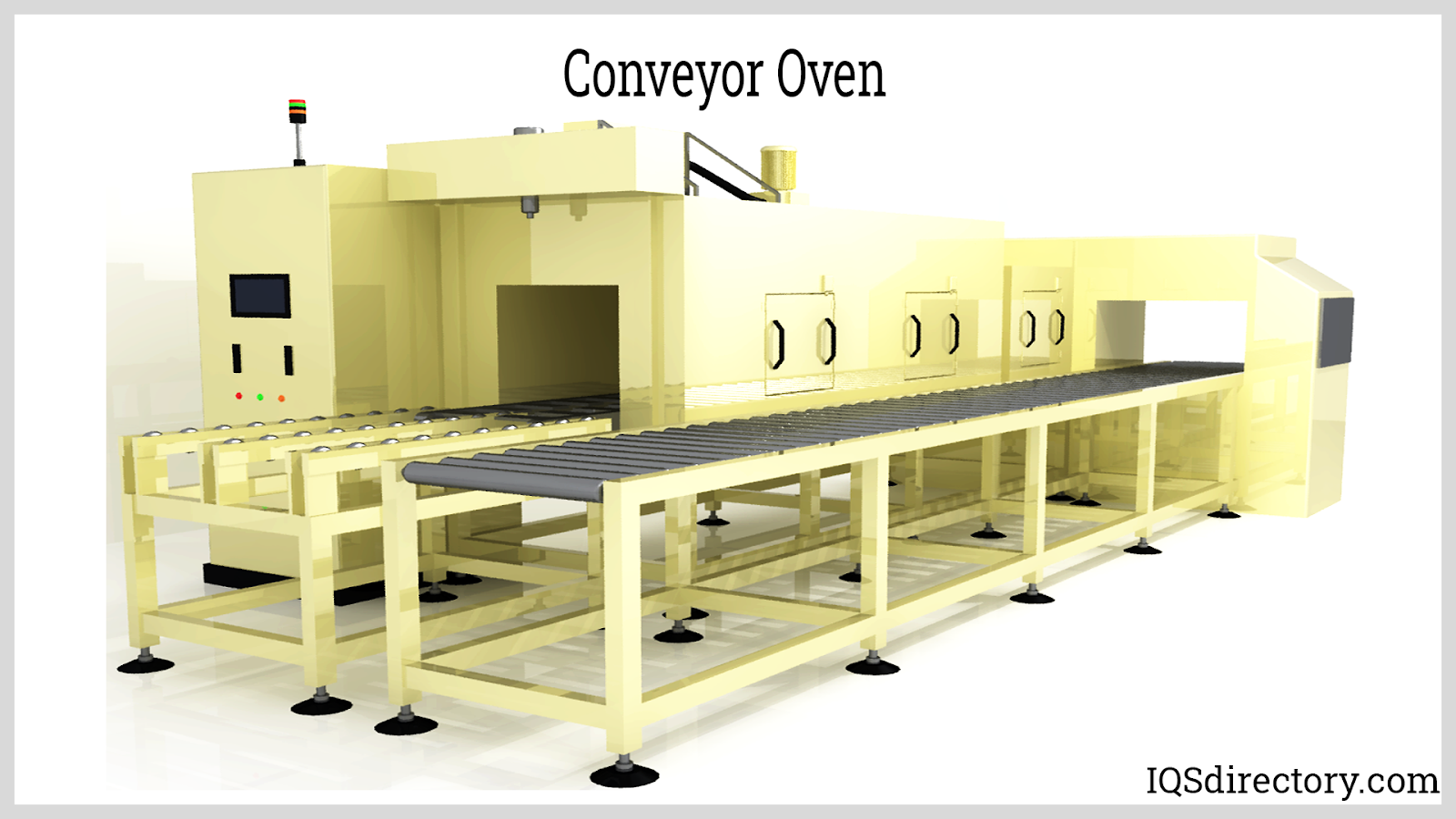
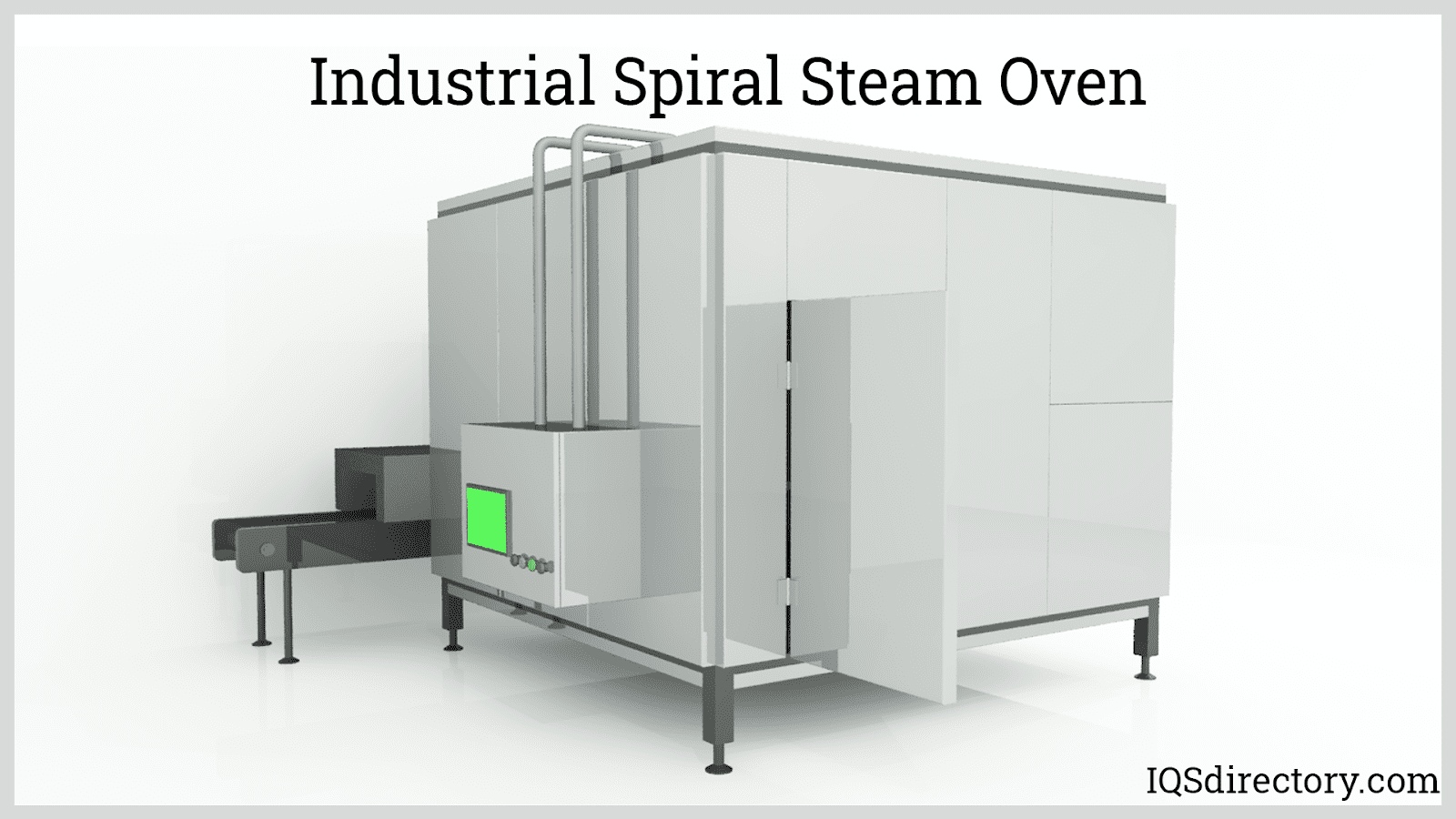
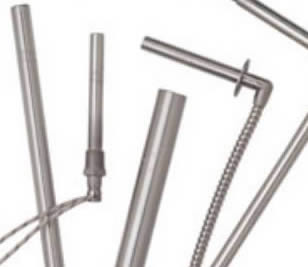 Electric Heaters
Electric Heaters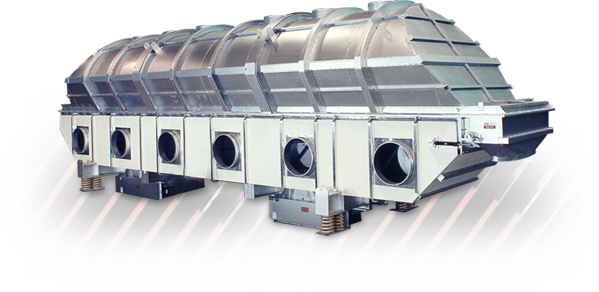 Industrial Dryers
Industrial Dryers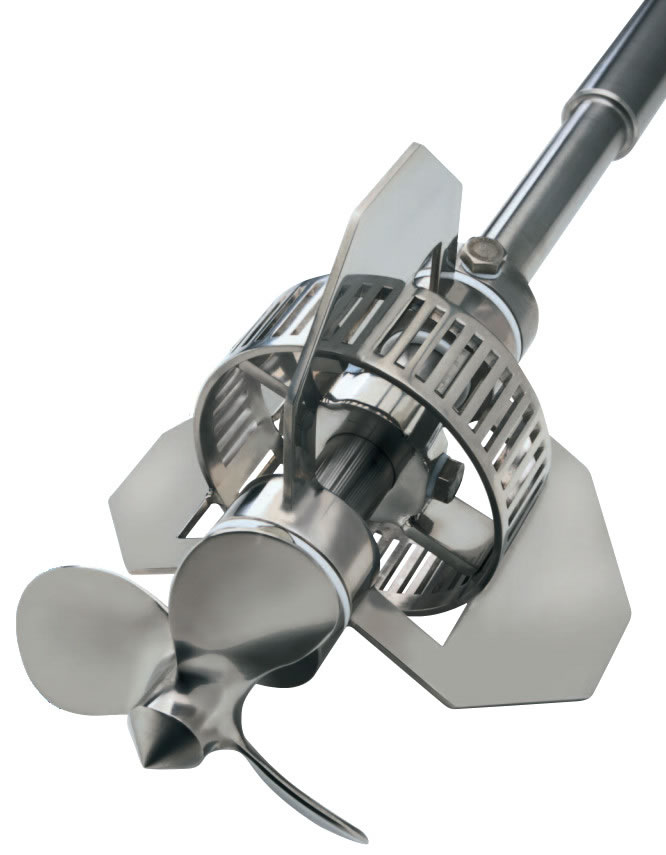 Industrial Mixers
Industrial Mixers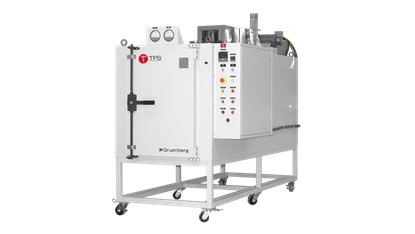 Industrial Ovens
Industrial Ovens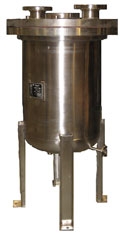 Pressure Vessels
Pressure Vessels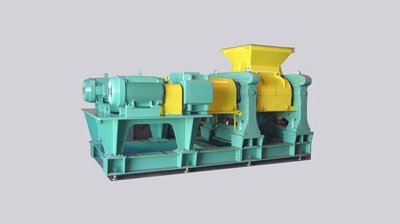 Pulverizers
Pulverizers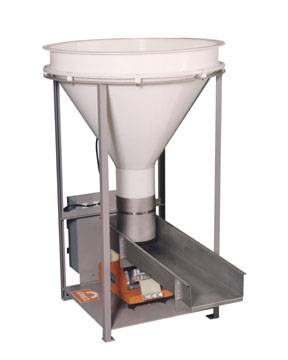 Vibratory Feeders
Vibratory Feeders Castings & Forgings
Castings & Forgings Bulk Material Handling
Bulk Material Handling Electrical & Electronic Components
Electrical & Electronic Components Flow Instrumentation
Flow Instrumentation Hardware
Hardware Material Handling Equipment
Material Handling Equipment Metal Cutting Services
Metal Cutting Services Metal Forming Services
Metal Forming Services Metal Suppliers
Metal Suppliers Motion Control Products
Motion Control Products Plant & Facility Equipment
Plant & Facility Equipment Plant & Facility Supplies
Plant & Facility Supplies Plastic Molding Processes
Plastic Molding Processes Pumps & Valves
Pumps & Valves Recycling Equipment
Recycling Equipment Rubber Products & Services
Rubber Products & Services